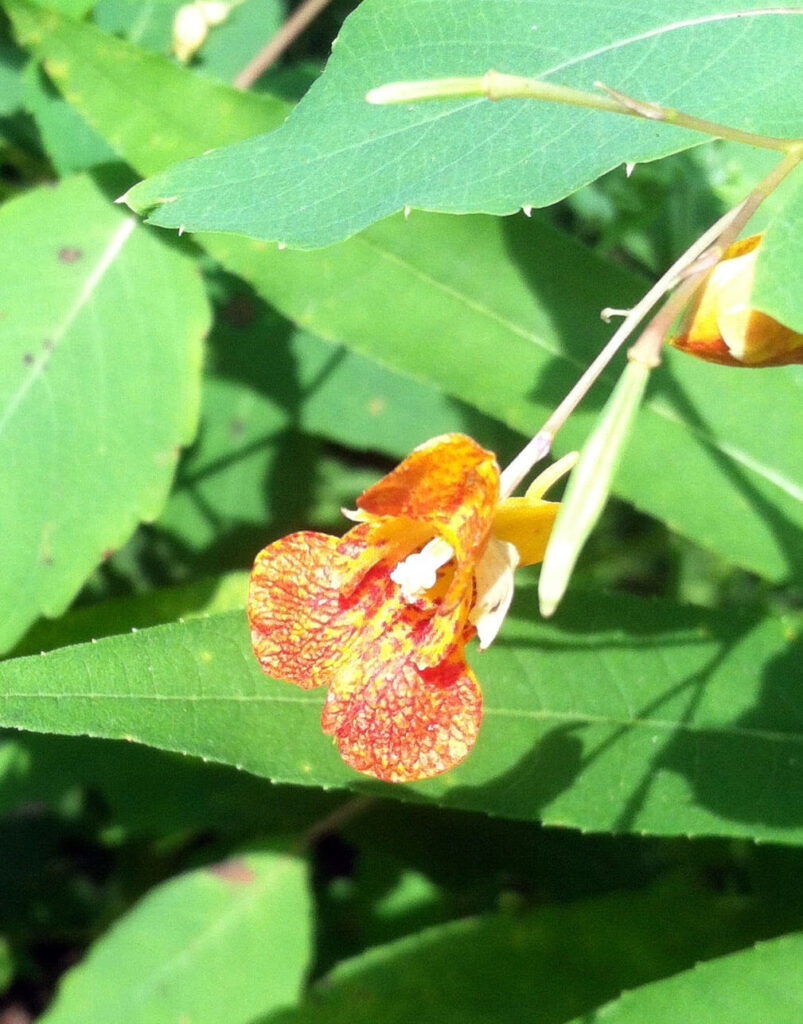


#Touch me not plant skin#
If you rub freshly picked and crushed jewelweed directly onto the skin after a bug bite or sting or coming into contact with poison ivy, poison oak, or poison sumac, the sense of relief comes almost instantly. It is often used as a sole or base ingredient to get rid of poison ivy, dermatitis, to treat bug bites and stings, cure athlete’s foot, minor burns, swelling around bruises, joint pain, inflammation, in the promotion of steady blood flow post childbirth, and poisoning from fish. Jewelweed boast antifungal and antimicrobial properties. jewelweed bush with tall shoot Jewelweed Medicinal Uses Jewelweed leaves are a common natural stir fry ingredient. If eating the leaves uncooked, it is best to harvest them during the early spring while they are still young.īefore using the leaves in a salad, boil them for 10 minutes, dump the water, refill the cook pot with fresh water, and boil for another 10 minutes. The vibrantly colored yellow or orange flowers are also edible. Folks who are prone to kidney stones should probably avoid eating from the jewelweed plant because it contains high levels of oxalates – even after cooking. While you can eat the tiny seeds in small amounts safely, consuming too many of them could provoke a wicked case of diarrhea. Jewelweed seeds taste similar to walnuts. The plant is edible, but most parts of it must be cooked before consumption to remove potentially harmful natural compounds. a bush of jewelweed plants Is Jewelweed Edible?
#Touch me not plant free#
I knew my free ranging goats loved to eat it, and that it seems to thrive no matter what the weather conditions, but that about exhausted my knowledge of this beneficial weed. I only recently learned about the medicinal value and healing properties of jeweled. It is a major attractor of butterflies, bumblebees, and hummingbirds. The whistle weed moniker stems from the simple and natural little whistles you can make by poking a few holes in one of jewelweed’s hollow stems. jewelweed stems and leavesĬhildren in my neck of the woods often refer to jewelweed plants as “poppers” as they seek them out to create the little explosion of seeds – giggling as they move on with their hunt for more.īetween the fun popping of seeds and the natural whistle making opportunity jewelweed offers, there might just not be a more fun plant growing out in the woods. Even though the explosions are harmless and fairly fun to watch, this is why is has been dubbed the touch-me-not plant. The seed pods that are produced by jewelweed “explode” when touched – sending the little seeds inside flying everywhere to sprout and grow. The two species of this tall plant are also commonly referred to as “garden balsam”, “whistle weed”, and the “touch-me-not. Jewelweed poses as a useless weed along the edges of the woods, but is definitely a wild medicinal plant you should never walk by without gathering.


 0 kommentar(er)
0 kommentar(er)
